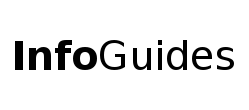

[Computer Aided] Qualitative Data Analysis Software is known as QDAS or CAQDAS ("Kak-das") is software that assists with the analysis done by Qualitative researchers in the social, health, and behavioral sciences.
See also the companion website with additional help for each software.
Note: Lumivero owns both NVivo (it's flagship QDA software) and Atlas.ti (previously a rival)
Note the date of these sites, as software changes frequently!
All the major Qualitative software packages have implemented an exchange file format allowing you to transfer your project from one software to another. We highly recommend using a software that supports the project exchange format OR that is open-source.
Ask a Librarian | Hours & Directions | Mason Libraries Home
Copyright © George Mason University